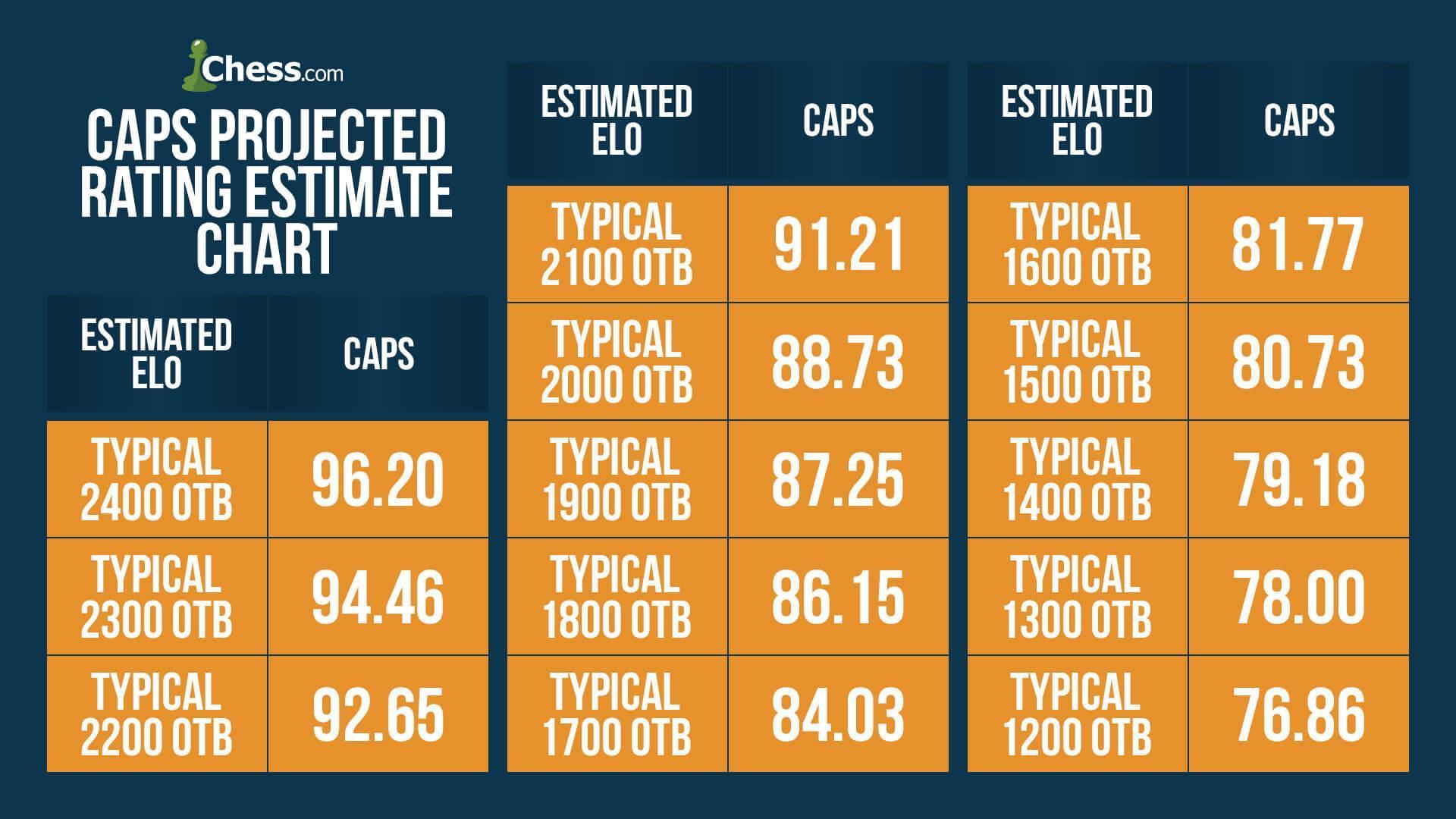The CAPS accuracy metric is statistical, so the score for a single game doesn't mean much. It might not mean anything at all.
The average nuclear family in the USA has two-and-a-half kids, but if you went into a neighbor's house and saw two-and-a-half kids on the couch, you would probably find it disturbing, not normal.
There are far too many factors that affect the CAPS accuracy... whether or not the two players follow a known book line, how far out they follow it, whether the play is relatively forced (with few options for either side), whether one players makes several blunders (it doesn't take Bobby Fischer to see that capturing a free piece is a good move), etc.
The CAPS metric is only meaningful if it is applied to a large sample of games by the same player.

First let me say how terrific the analyzer is. The "retry" mistakes feature and ease of use of all the functions is really first rate. I do look forward to an API offering where I can pass a pgn with N games in it, and get back a nice .pdf or .xls file with stats and reports for all N games. Anyhow, the question:
What is the range of reasonable accuracy scores to expect in a slow chess game? I ask because I ran my 3rd graders quads through it today, and 2 of the games he had 95 and 97.5 accuracy scores. His opponent in one had 55, another 92. All the ELO ratings are 1400 - 1700. Curious what one expects for this metric.